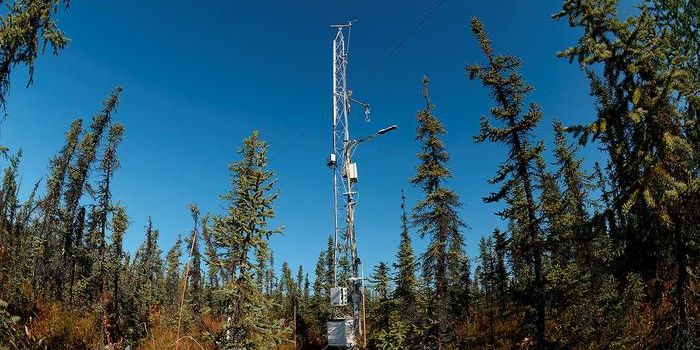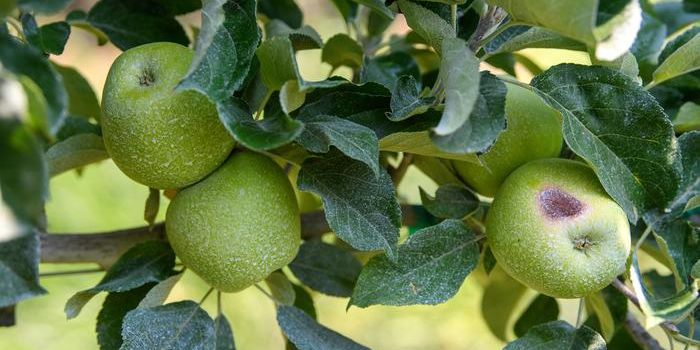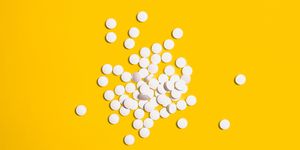Soy Milk Production May Not Be Economically Viable in Developing Countries
Soybeans have been lauded as a beneficial crop to help support emerging areas of the world, largely due to its nutrient profile. Milk from soybeans is especially high in healthy omega-3 fatty acids, and could help make it easier to get nutrient-rich sustenance for people.
Various technologies have been developed to help harness the benefits of soybeans in developing countries, including technologies designed to harvest “milk” from soybean (called a “soy cow”). The soy cow also produces okara in the process, which can be beneficial for farming operations.
While the soy cow was lauded for its ability to provide nutrient-rich sustenance to certain areas of the world, new research is exploring whether the use of tools like the soy cow are economically beneficial for certain areas of the world.
Published in Soy Dairy Performance Metrics, researchers at the University of Illinois (in partnership with the USAID), describe efforts to understand the economic viability of tools like the soy cow.
The study describes collaborative efforts to study six soy cow production areas in the African country of Malawi, along with the company Palladium, who donated the soy cow equipment to these regions. The researchers at University of Illinois and USAID helped introduce certain financial strategies to the six operations, with the goal of better understanding the economic viability of the soy cow.
What researchers concluded was that the amount of soy milk produced with the soy cow simply didn’t match up to the cost of operating or maintaining the machine, nor the value of the machine lost to depreciation over time. That, coupled with smaller operations that can’t afford to finance operations to ensure safety and quality of the soy milk product, leads to an enterprise that doesn’t really pay off.
In a nutshell, while soy milk can be especially helpful in poorer areas of the world, low demand and competition for other products makes the production of soy milk using the soy cow less than successful and unsustainable, highlighting a need for new ways to deliver nutrient-rich products to various areas of the world.
Sources: EurekaAlert!; Soy Dairy Performance Metrics








